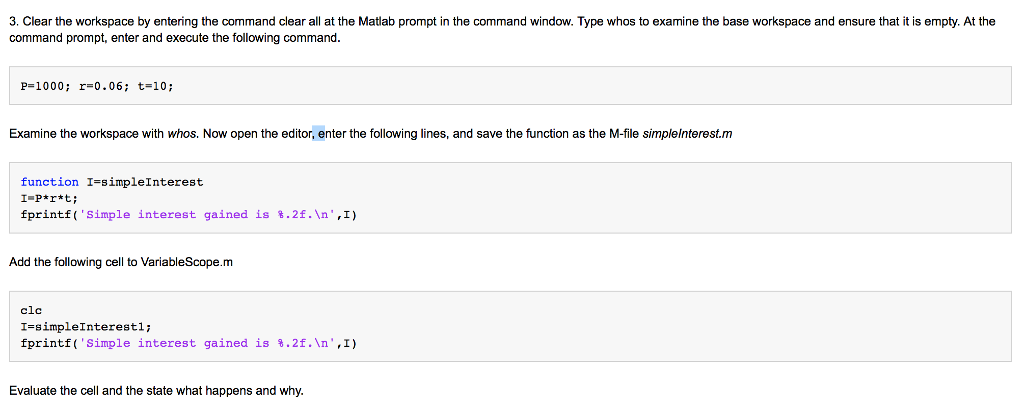

Select "Disk Utility" and click "Continue. After a few moments, the macOS Utilities window should appear - this is known as Recovery Mode.Ĥ. Keep holding it until you see either the Apple logo, or an animation of a spinning globe.ģ. Press the power button to turn it on, then immediately press and hold Command (⌘) + R. Once you're ready to wipe your Mac, do the following:Ģ. If you're giving your computer away, also make sure that you've signed out of iTunes, iCloud, and iMessage - there's a chance your Apple ID data will remain on the drive after you reset it, and you don't want anyone gaining access to your account. You can also backup onto iCloud, or manually move the files you want to save onto an external drive. You can do this through Time Machine, Apple's official backup application, which will copy all your files onto an external drive. We can print or list currently cached DNS entries with the /displaydns option of ipconfig command.Check out the products mentioned in this article: MacBook Pro (From $1,299.99 at Best Buy) How to wipe a Mac computer with a factory resetīefore anything, if you don't want to lose the files you have saved on your computer, you should back them up. When you see the command history, there's a button you can click to clear the history.

If during this period a DNS is queried cache returns if exists. For MacOS R.app (R 3.6.3 GUI 1.70 El Capitan build (7735), there is and icon in the toolbar that you can click to show/hide R command history. Learned DNS records are stored in a cache for some time. In order to prevent this bottleneck, DNS services use a cache mechanism. But this may create a bottleneck in busy times. What Is DNS Cache?įor every domain name, DNS will query the DNS Server normally. This will not require special privileges like Administrator. This tutorial can be applied to the All Windows Operating system versions like Windows XP, Windows 7, Windows 8, Windows 10, Windows Server 2003, Windows Server 2008, Windows Server 2012, Windows Server 2016, Windows Server 2019 without a problem. In this tutorial, we will learn how to flush, clear the DNS cache with ipconfig /flushdns command.

DNS can use both UDP and TCP protocols but generally, UDP protocol is preferred. DNS is used to translate between a human-readable name like and IP address like.


 0 kommentar(er)
0 kommentar(er)
